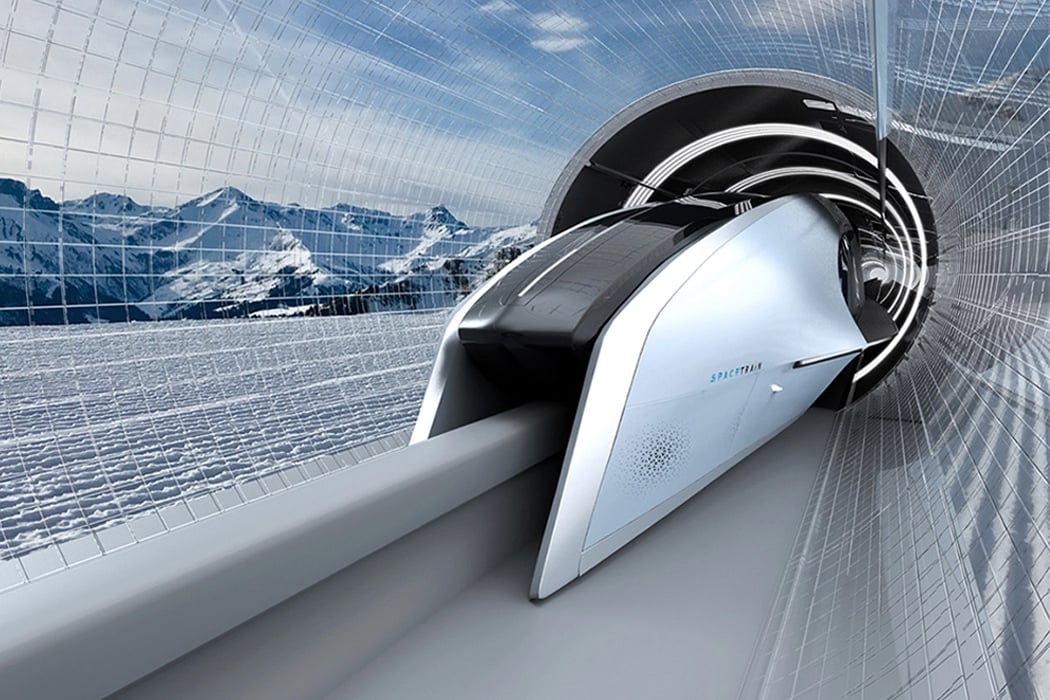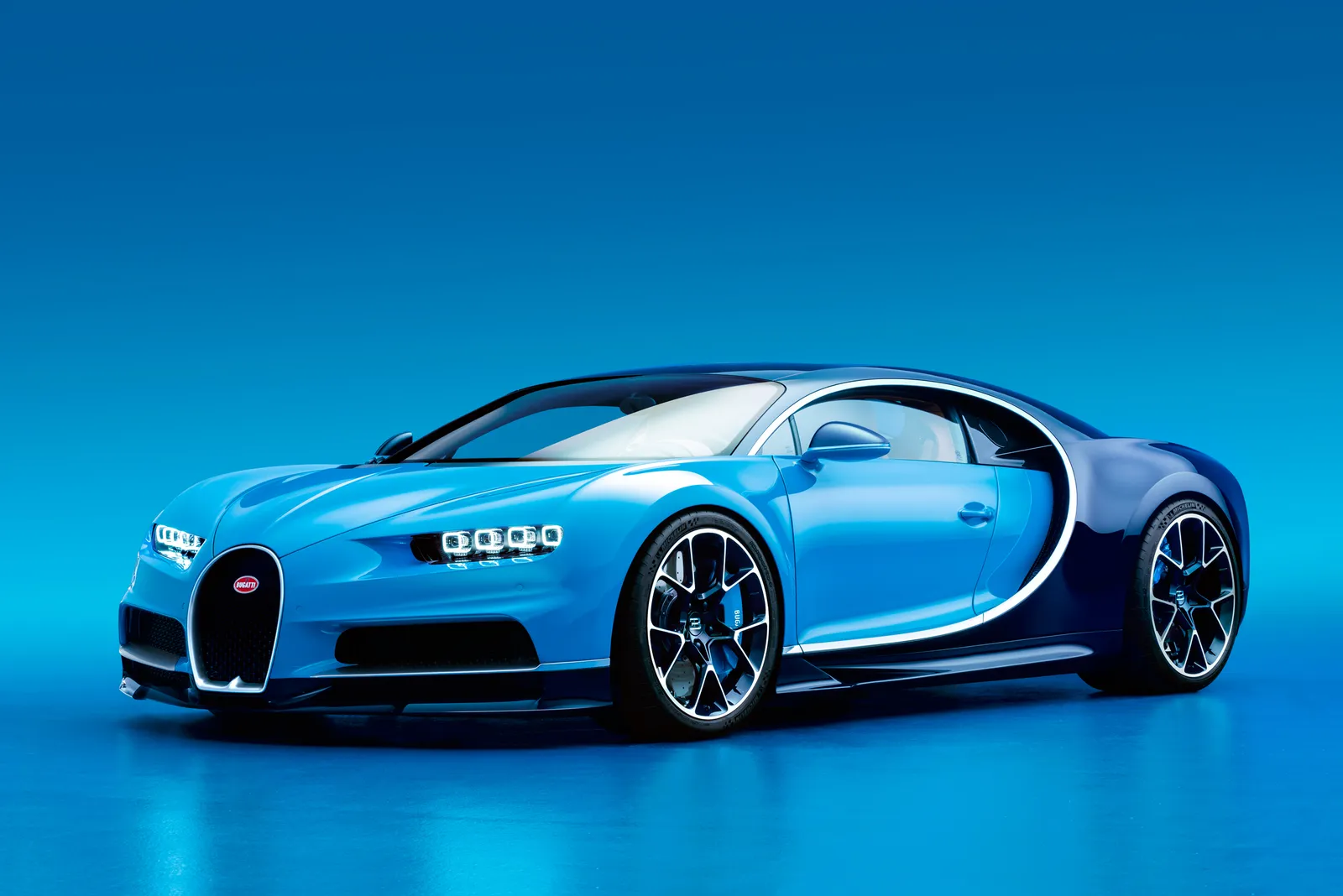Humans have created a train that can travel almost as fast as the wind. This might sound like something from a fantasy world, but it’s now a reality. Countries like China, Japan, and South Korea are using this incredible technology known as the Maglev train.

The Maglev train, short for magnetic levitation train, is the fastest train in the world, reaching a maximum speed of about 600 km/h. To put it into perspective, it would take approximately an hour to travel from Teknaf to Tetulia of Bangladesh with this high-speed train.
The concept of the Maglev train was first introduced by the Japanese railway company around 1970, and since then, it has become a significant topic of discussion. Japan has always been a leader in railway research worldwide.
The Maglev train utilizes the Electron Dynamic Suspension System, incorporating superconductor materials. Superconductors are substances through which electricity flows without any resistance or loss. Thanks to these superconductors, a continuous flow of electricity generates a powerful magnetic field.
To achieve this, the superconductor is cooled down to minus 260 degrees Celsius using liquid helium. This technology allows a heavy train to float in the air. When the train comes to a stop, rubber wheels are employed. These wheels provide the necessary traction for the magnet under the train to function. Remarkably, once the train reaches a speed of 150 km per hour, it can glide in just 10 mm of air.
Despite its incredible speed, the Maglev train is considered a safe system, providing passengers with an efficient and smooth travel experience. In 2015, research demonstrated that Maglev trains could reach speeds of up to 603 km per hour.
